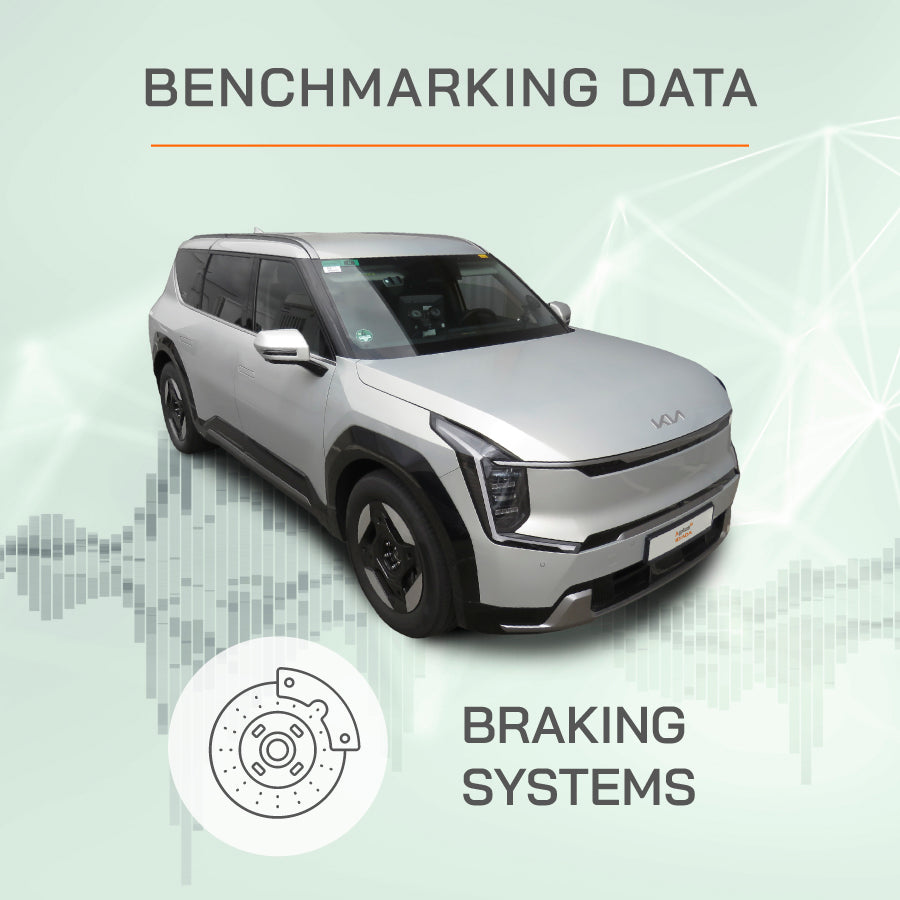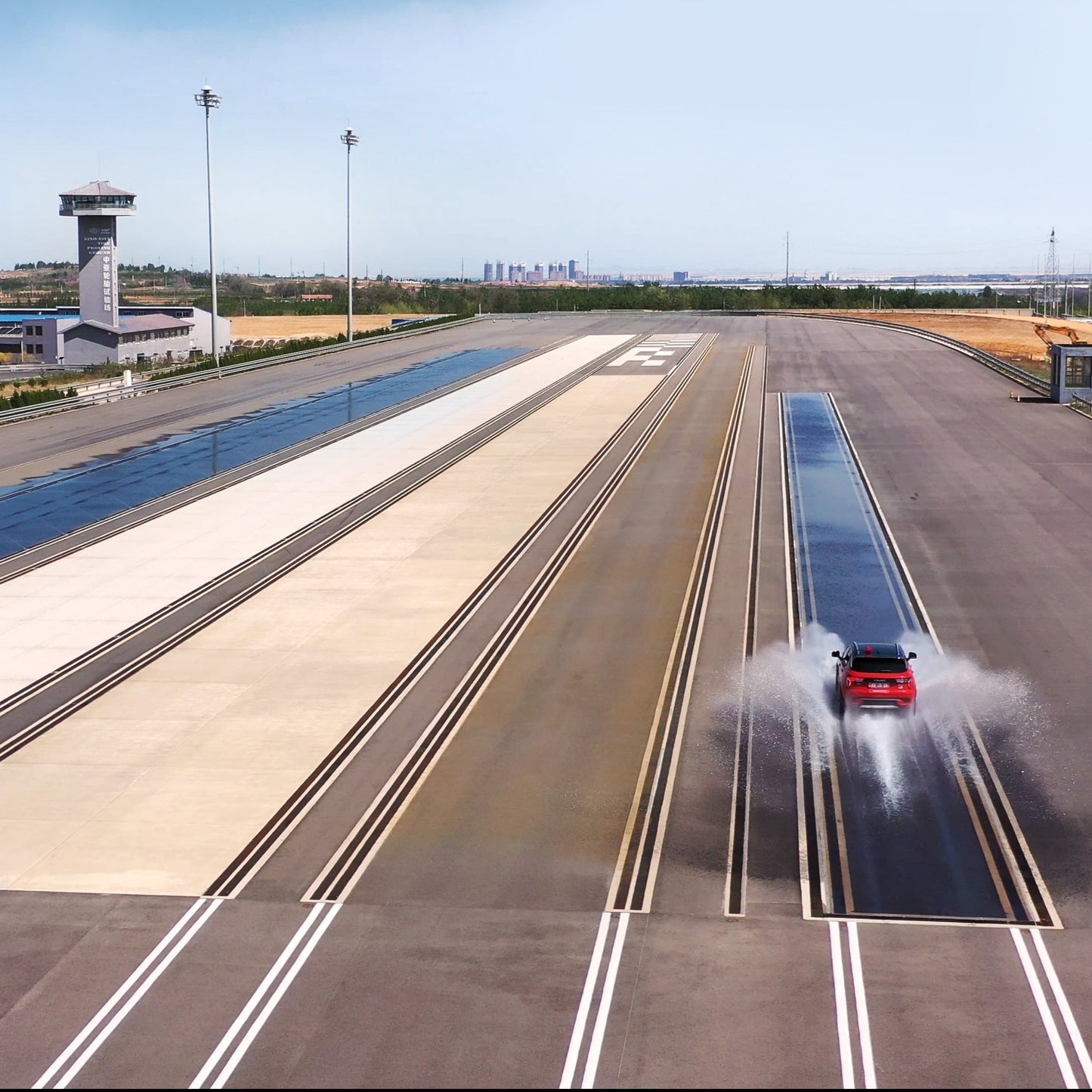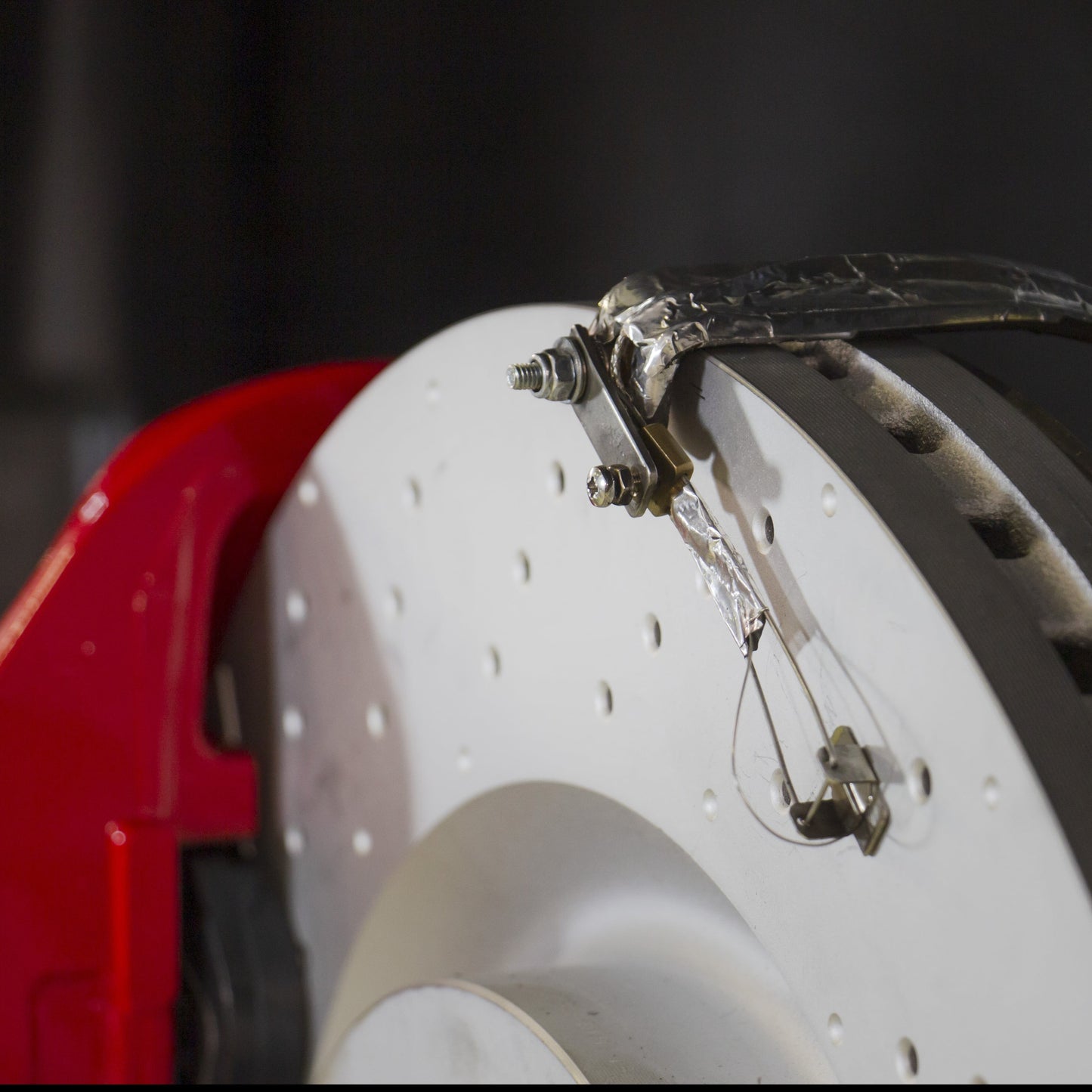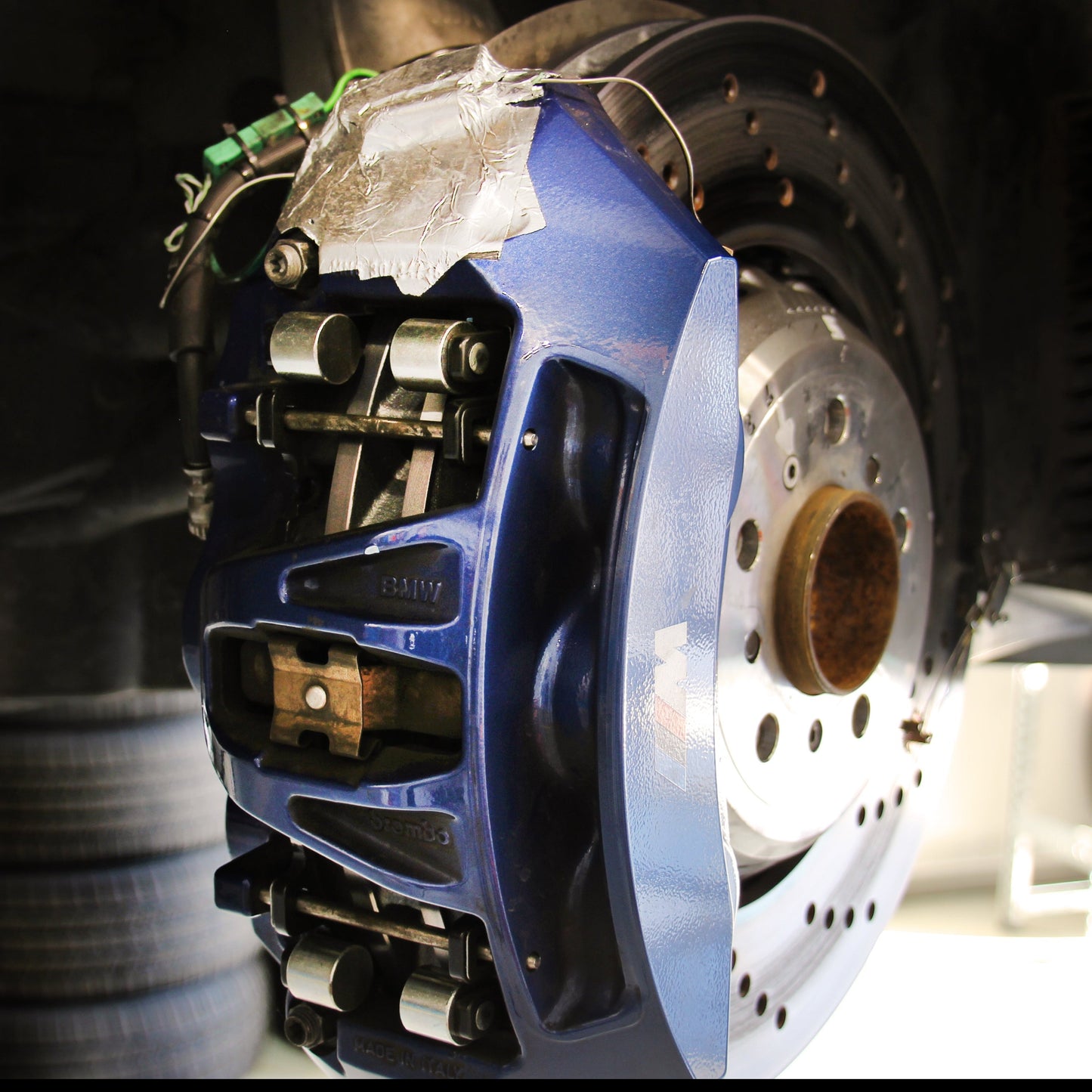







-
>25 years’
experience in braking systems
-
Updated information
with state-of-the-art vehicles
-
Quick, easy, and cost effective
target-setting
-
Instant data,
more agile than custom benchmarking
Ready to learn more about our product?

Héctor Garcés
Manager, Technical Expert, Braking SystemsFAQs for Braking Systems Benchmarking Report
What value does this Advanced Regenerative Brake Benchmarking Report provide?
This report delivers in-depth analysis of state-of-the-art EV braking systems, examining the complex interplay between friction brakes, regenerative braking, vehicle architecture, energy efficiency, and braking performance metrics. The comprehensive technical report includes visual data representations and actionable insights.
How does this report benefit automotive development teams?
Development teams gain crucial insights into optimal vehicle and brake system design parameters. This information helps:
- Determine ideal regenerative braking strategies
- Identify acceptable limits for brake distribution adjustments
- Maintain critical braking metrics like stability and consistency
- Optimize wheel slip control during various braking scenarios
- Maximize use of regenerative braking, thus enabling friction brake rightsizing
What testing methodology is used in this benchmarking report?
Our testing protocols include constant input applications from high speeds using advanced instrumentation to capture precise brake system performance data. Our proprietary analysis techniques provide unparalleled insights into both friction and regenerative braking components.
Who can leverage the insights from this report?
This report provides strategic value to:
- Vehicle manufacturers, whether incumbent OEMs or New Entrants
- Tier 1 brake system suppliers
- Engineering R&D departments
- Performance vehicle development teams
- Companies transitioning from ICE to electric powertrains
How is the benchmarking data collected and validated?
All data is collected through extensive proving ground testing using calibrated measurement systems and sensors. Our expert team employs industry-leading techniques to ensure accuracy, with multiple test runs performed to verify consistency and validate findings.










